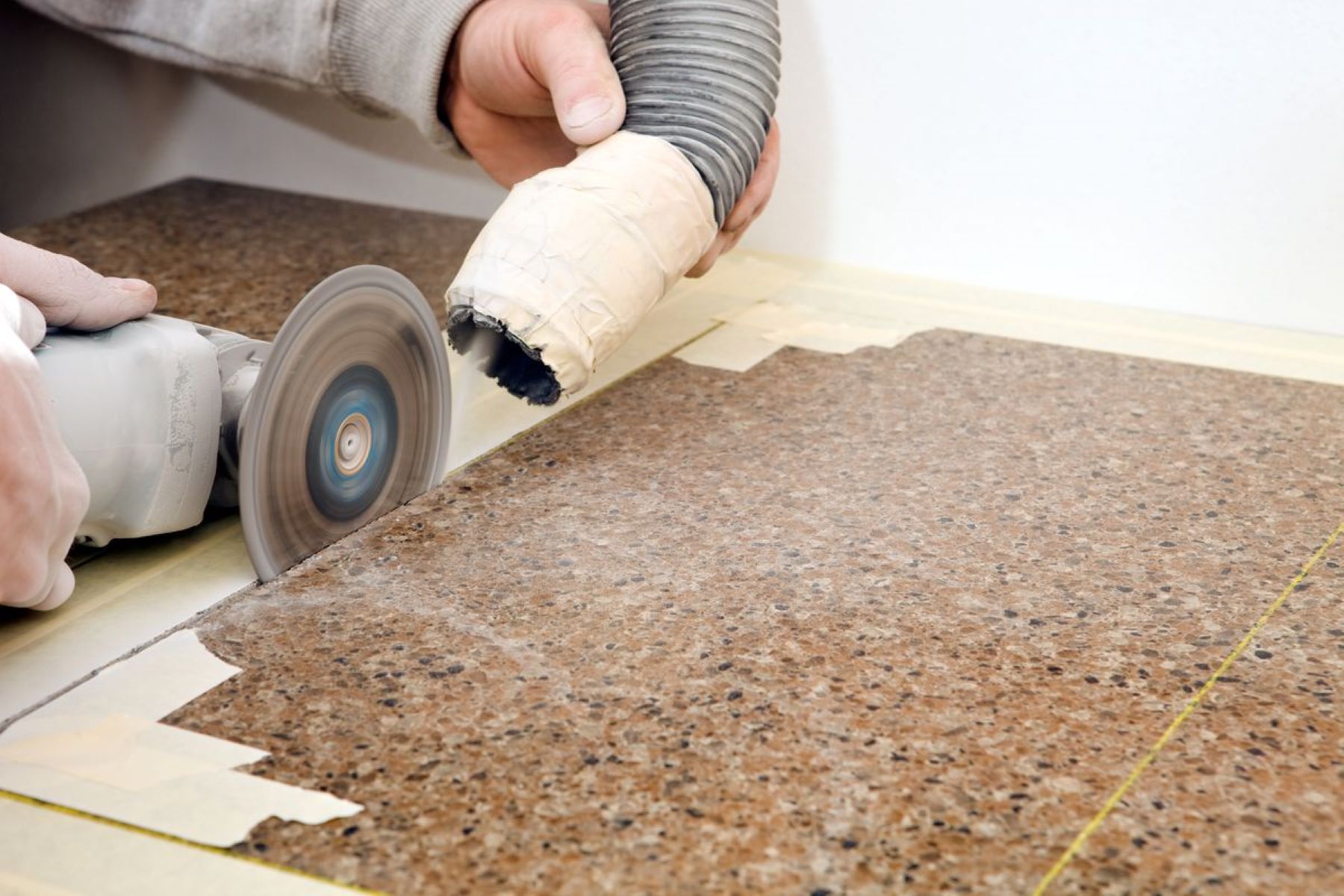

Articles
How To Cut Corian Countertops
Modified: August 17, 2024
Learn how to expertly cut Corian countertops with our informative articles. Discover tips, techniques, and step-by-step guides for flawless results.
(Many of the links in this article redirect to a specific reviewed product. Your purchase of these products through affiliate links helps to generate commission for Storables.com, at no extra cost. Learn more)
Introduction
When it comes to kitchen renovations and upgrades, one of the most common tasks is cutting countertops. Whether you are installing a brand-new countertop or need to make adjustments for a new appliance, knowing how to cut Corian countertops is essential.
Corian, a type of solid surface material, is a popular choice for countertops due to its durability, versatility, and seamless appearance. While it is possible to hire a professional to cut Corian countertops for you, doing it yourself can be a cost-effective and rewarding option.
In this article, we will walk you through the step-by-step process of cutting Corian countertops. We will cover the tools and materials needed, as well as provide detailed instructions on measuring, marking, securing, cutting, and finishing the countertop.
Before we get started, please keep in mind that working with power tools and cutting surfaces can be dangerous. Take proper safety precautions, such as wearing protective eyewear, gloves, and a dust mask, and ensure you are using the appropriate tools for the job.
Now, let’s dive into the process of cutting Corian countertops and transform your kitchen into a beautiful and functional space!
Key Takeaways:
- Transform your kitchen with DIY Corian countertop cutting. Prioritize safety, precision, and proper installation for a seamless, visually appealing, and functional result.
- Gather the right tools, measure accurately, secure the countertop, and achieve clean cuts. Smooth edges and install for a professional finish.
Read more: What Are Corian Countertops
Tools and Materials Needed
Before you begin cutting your Corian countertop, it’s important to gather all the necessary tools and materials. Here’s a list of what you’ll need:
- Measuring tape
- Straightedge
- Pencil or marker
- Masking tape
- Circular saw
- Fine-toothed saw blade specifically designed for cutting solid surface materials
- Clamps or adhesive
- Sandpaper or sanding block (220-400 grit)
- Dust mask
- Protective eyewear
- Gloves
- Clean cloth
- Countertop adhesive
Make sure you have all the tools and materials ready before you start the cutting process. This will ensure a smooth and efficient workflow.
It’s also worth noting that when it comes to cutting Corian countertops, having the right saw blade is crucial. Using a standard blade may result in chipping or damaging the material. Look for a fine-toothed saw blade specifically designed for cutting solid surface materials. This will give you clean, precise cuts and minimize the risk of damage.
Once you have gathered all the necessary tools and materials, you are ready to move on to the next step: measuring and marking your countertop.
Step 1: Measure and Mark
The first step in cutting your Corian countertop is to accurately measure and mark the areas where you need to make the cuts. This will ensure that you achieve the desired dimensions and fit for your countertop.
Start by measuring the length and width of your countertop using a measuring tape. Take precise measurements and note them down. If you have any appliances or fixtures that the countertop needs to accommodate, measure their dimensions as well.
Once you have the measurements, use a straightedge to draw lines on the countertop to indicate where the cuts will be made. Use a pencil or marker for clear visibility. It is recommended to use masking tape along the cut lines to help prevent chipping or splintering of the Corian surface during the cutting process.
When marking the cut lines, ensure that they are accurate and properly aligned with your measurements. Double-check your measurements and make any necessary adjustments before moving forward.
Take your time with this step, as precision is key. Accurate measurements and markings will ensure that your cut edges blend seamlessly with the rest of the countertop once the project is completed.
Once you have measured and marked the areas where the cuts will be made, you are ready to proceed to the next step: preparing the countertop for cutting.
Step 2: Prepare the Countertop
Before you start cutting the Corian countertop, it’s important to prepare the surface to ensure a smooth cutting process and to protect the material.
Begin by cleaning the countertop thoroughly with a mild soap and water solution. Remove any dirt, debris, or residue from the surface. Make sure to dry it completely before proceeding to the next step.
Next, secure the countertop in a stable position to prevent it from moving or shifting during the cutting process. You have two options for securing the countertop:
- Option 1: Use clamps – Place clamps along the edges of the countertop to hold it securely in place. Make sure the clamps are tight enough to prevent any movement.
- Option 2: Use adhesive – Apply countertop adhesive to the underside of the countertop and press it firmly onto a stable and flat work surface. Allow the adhesive to dry and set according to the manufacturer’s instructions.
Choose the method that works best for your particular situation and ensure that the countertop is immovable before proceeding to the cutting step.
Additionally, it’s a good idea to protect the surrounding area by covering it with drop cloths or plastic sheets. This will prevent any accidental damage to your kitchen cabinets, flooring, or other nearby surfaces during the cutting process.
By properly preparing the Corian countertop, you will create a stable and safe working environment for the cutting process. With the countertop secured and the surrounding area protected, you are ready to move on to the next step: cutting the countertop.
Step 3: Secure the Countertop
Before you begin cutting the Corian countertop, it’s important to ensure that it is securely in place. This will provide stability and prevent any movement or shifting during the cutting process, resulting in clean and precise cuts.
There are several ways to secure the countertop, depending on the tools and materials you have available. Here are a few options:
- Clamps: Using clamps is a common method for securing the countertop. Place the clamps along the edges of the countertop, applying even pressure to hold it firmly in place. Ensure that the clamps are tight enough to prevent any movement, but be careful not to overtighten and damage the surface of the countertop.
- Adhesive: If you don’t have clamps or prefer not to use them, you can use adhesive to secure the countertop. Apply countertop adhesive to the underside of the countertop and press it firmly onto a stable and flat surface, such as a workbench or sawhorses. Allow the adhesive to dry and set according to the manufacturer’s instructions before proceeding with the cutting.
- Support Blocks: Another option is to use support blocks to elevate the countertop and provide stability. Place the blocks strategically underneath the countertop, ensuring an even distribution of weight and preventing any sagging or flexing.
Choose the method that works best for your situation and ensures that the countertop is securely in place. Take the time to double-check the stability of the countertop before moving on to the cutting process.
By securely securing the countertop, you will minimize the risk of accidents and ensure that your cuts are precise. With the countertop secure and ready, you are now prepared to move on to the next step: cutting the countertop.
When cutting Corian countertops, use a fine-toothed carbide blade on a circular saw to minimize chipping and ensure a smooth edge. Always wear appropriate safety gear and work in a well-ventilated area.
Read more: How To Update Corian Countertops
Step 4: Cut the Countertop
Now that your Corian countertop is measured, marked, and secured, it’s time to proceed with cutting. This step requires careful precision and the appropriate tools to achieve smooth and accurate cuts.
Before you begin cutting, make sure you are wearing protective eyewear, gloves, and a dust mask to protect yourself from flying debris and dust.
Using a circular saw with a fine-toothed saw blade specifically designed for cutting solid surface materials, follow these steps:
- Start by aligning the saw blade with the marked cut line. Make sure the blade is square to the countertop surface.
- Turn on the circular saw and slowly guide it along the marked cut line. Apply steady and even pressure as you cut through the Corian countertop. Keep your hands steady and maintain control of the saw throughout the cutting process.
- Allow the saw to do the work. Don’t force it or rush through the cut, as this can lead to uneven or jagged edges.
- Continue cutting along the marked lines until you have completed all necessary cuts. Take your time and maintain a steady pace to ensure accuracy.
It’s important to note that when cutting Corian countertops, it’s best to make multiple shallow passes rather than a single deep cut. This will help to minimize chipping and ensure cleaner cuts.
Additionally, if your cuts involve curves or intricate shapes, consider using a jigsaw with a fine-toothed blade designed for solid surface materials. This will allow you to navigate the curves smoothly and achieve precise cuts.
As you progress with the cutting process, periodically stop to remove any accumulated debris and sawdust to maintain visibility and prevent them from interfering with the cutting process.
Once you have completed the necessary cuts, set the circular saw aside and move on to the next step: smoothing and cleaning the edges of the countertop.
Step 5: Smooth and Clean the Edges
After cutting the Corian countertop, the next step is to smooth and clean the edges. This will give your countertop a professional finish and ensure that the edges are safe and free from any rough or jagged areas.
To smooth the edges, follow these steps:
- Start by using a sandpaper or sanding block with a grit of 220 to 400. Begin sanding the cut edges of the countertop using a back-and-forth motion. Be sure to sand evenly and gradually to smooth out any roughness or unevenness.
- Continue sanding until you achieve a smooth and uniform edge. Take your time and periodically check the smoothness of the surface with your fingertips.
- If you have any sharp or rough areas along the edges, use the sandpaper to gently round them off. This will help to prevent any potential accidents or injuries.
- Once you are satisfied with the smoothness of the edges, wipe down the countertop with a clean cloth to remove any dust or debris from the sanding process. This will ensure a clean surface for the next step.
After smoothing the edges, it’s time to clean the countertop. Use a mild soap and water solution to thoroughly clean the surface, removing any dust, residue, or fingerprints. Dry the countertop completely before continuing with the installation process.
By smoothing and cleaning the edges of your Corian countertop, you will achieve a polished and professional look. The smooth edges will also make it easier to install the countertop without any obstructions or imperfections.
With the edges smooth and clean, it’s time for the final step: installing your Corian countertop.
Step 6: Install the Countertop
After cutting, smoothing, and cleaning the Corian countertop, it’s time to install it in its designated location. Proper installation ensures a secure fit and a finished look that enhances the overall aesthetic of your kitchen or bathroom.
Here are the steps to follow for installing your Corian countertop:
- Ensure that the area where the countertop will be installed is clean and free from any debris or obstructions. Remove any old adhesive or caulking if necessary.
- Apply a thin, even layer of countertop adhesive to the top surface of the base cabinets or support structure. Use a trowel or putty knife to spread the adhesive evenly.
- Carefully lower the Corian countertop onto the adhesive, aligning it with the edges of the cabinets or support structure. Apply gentle pressure to ensure good adhesion between the countertop and the adhesive.
- Check the countertop for proper alignment and make any necessary adjustments. Use a level to ensure that the countertop is flat and even.
- Secure the countertop in place by placing clamps along the edges or using weighted objects to hold it down. Follow the adhesive manufacturer’s instructions for the recommended curing time.
- Once the adhesive has fully cured, remove any clamps or weights and clean the countertop using a mild soap and water solution. Wipe it dry with a clean cloth to remove any moisture.
- Seal the seams between the Corian countertop and the surrounding surfaces using a silicone caulk. Ensure that the caulk is neatly applied and smooth it out with a caulk smoothing tool or your finger.
By following these steps, you will successfully install your Corian countertop and complete your kitchen or bathroom renovation project. Enjoy the beautiful and functional surface you have created!
Remember to consult the manufacturer’s instructions and recommendations specific to your Corian countertop for any additional installation guidelines.
With the countertop securely installed, your project is complete. Step back and admire your newly cut and installed Corian countertop, knowing that you achieved it with your own skills and expertise.
Conclusion
Cutting Corian countertops may seem like a challenging task, but with the right tools, materials, and techniques, it can be a rewarding and cost-effective DIY project. Whether you are installing a new countertop or making adjustments for a new appliance, following the step-by-step process outlined in this article will help you achieve clean and precise cuts.
Remember to prioritize safety throughout the cutting process by wearing protective gear, such as gloves, eyewear, and a dust mask. Take your time and double-check your measurements and markings to ensure accuracy.
By properly measuring, marking, securing, cutting, and finishing your Corian countertop, you can create a seamless and visually appealing surface that enhances the overall look of your kitchen or bathroom. The smooth and clean edges will not only enhance the aesthetics but also make the installation process easier.
Additionally, proper installation is crucial for the longevity and functionality of your countertop. Ensure that you use the appropriate adhesive and follow the manufacturer’s instructions for curing and sealing the countertop.
Now that you have the knowledge and understanding of how to cut Corian countertops, you can confidently tackle your next home improvement project. Enjoy the satisfaction of transforming your space with a custom-fit countertop that combines both style and functionality.
Remember, if you are unsure or uncomfortable with cutting the countertop yourself, it’s always a good idea to consult a professional to ensure the best results. They have the experience and expertise to handle the job efficiently and effectively.
So, roll up your sleeves, gather your tools, and get ready to create an impressive Corian countertop that will be the centerpiece of your kitchen for years to come.
Frequently Asked Questions about How To Cut Corian Countertops
Was this page helpful?
At Storables.com, we guarantee accurate and reliable information. Our content, validated by Expert Board Contributors, is crafted following stringent Editorial Policies. We're committed to providing you with well-researched, expert-backed insights for all your informational needs.
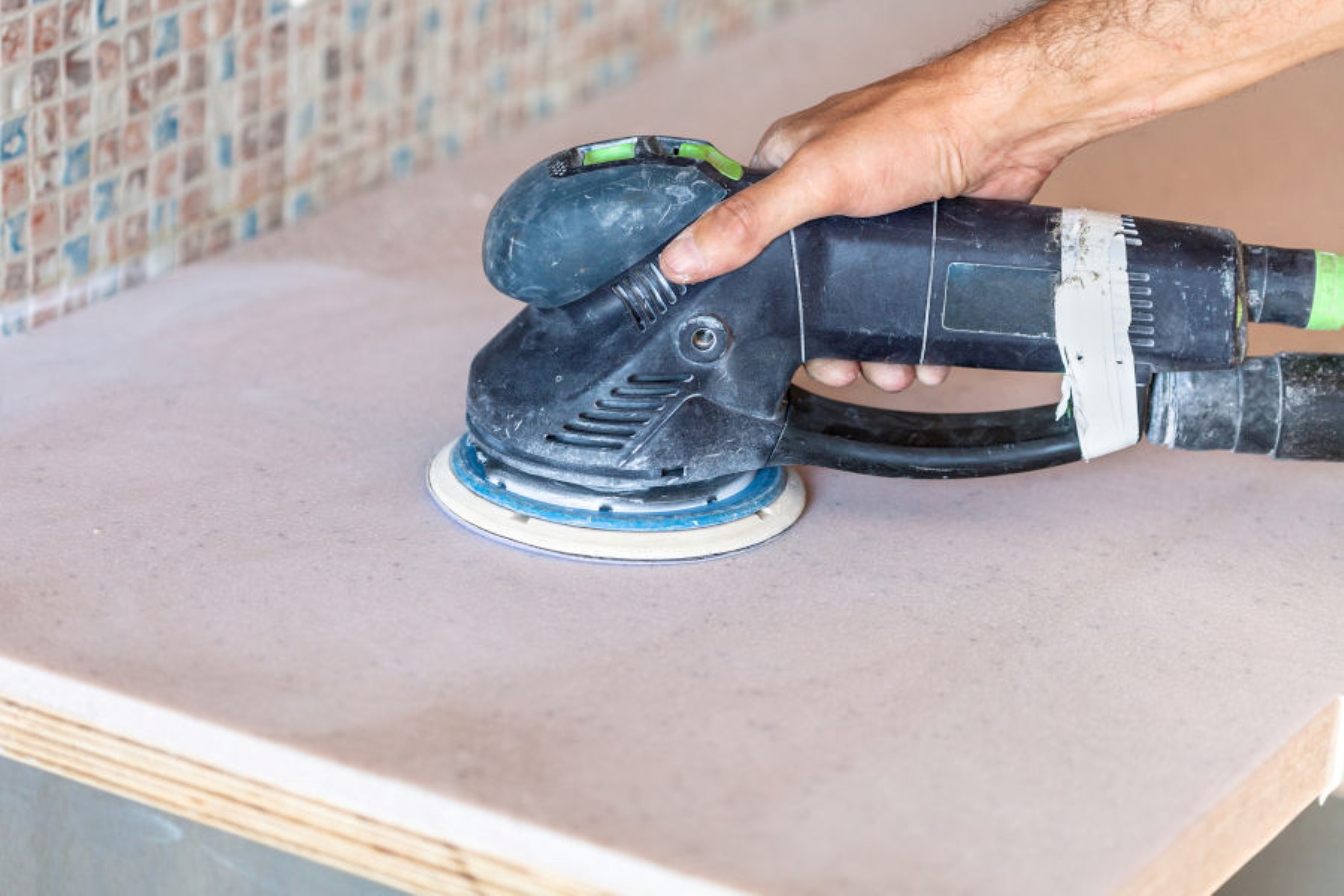
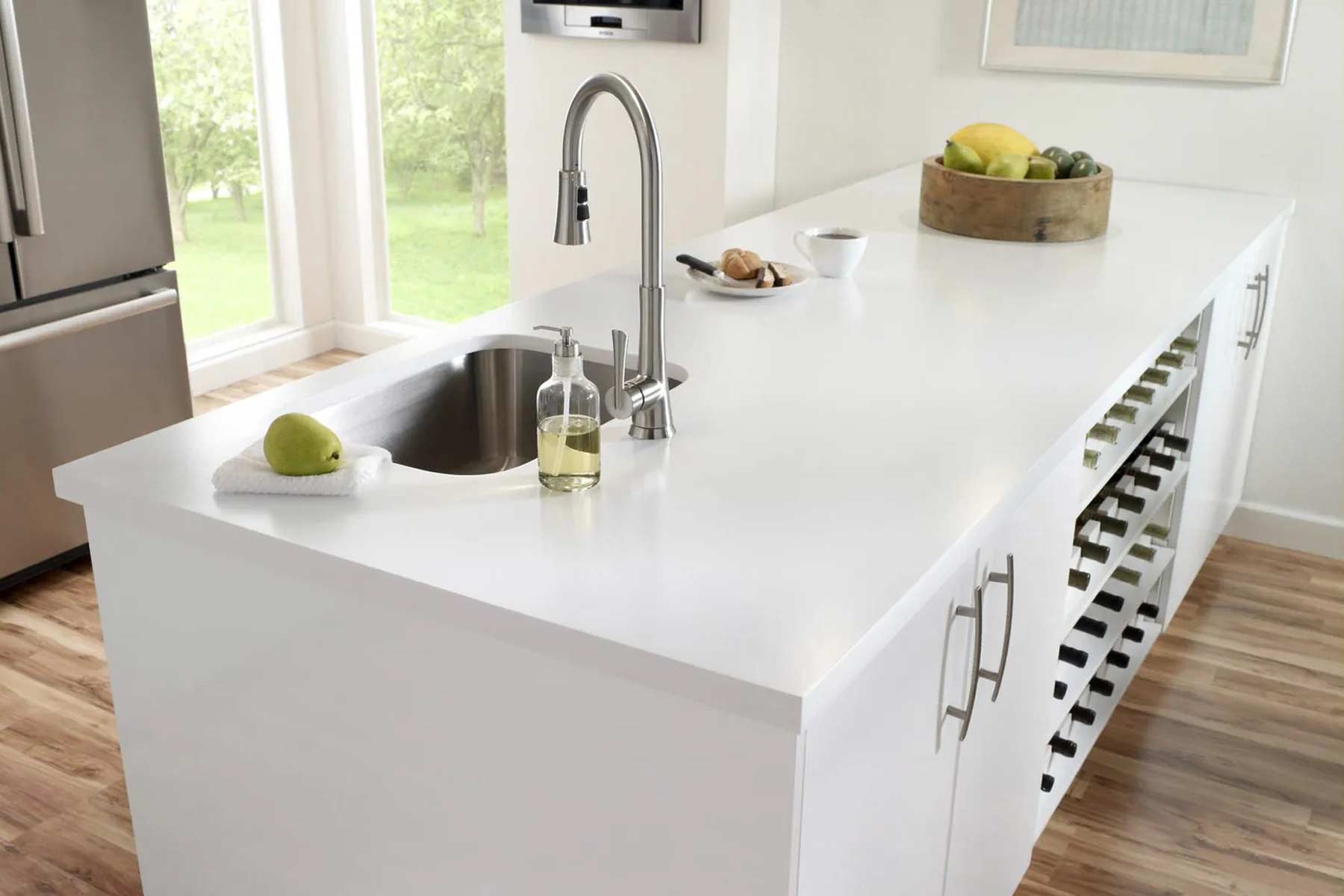
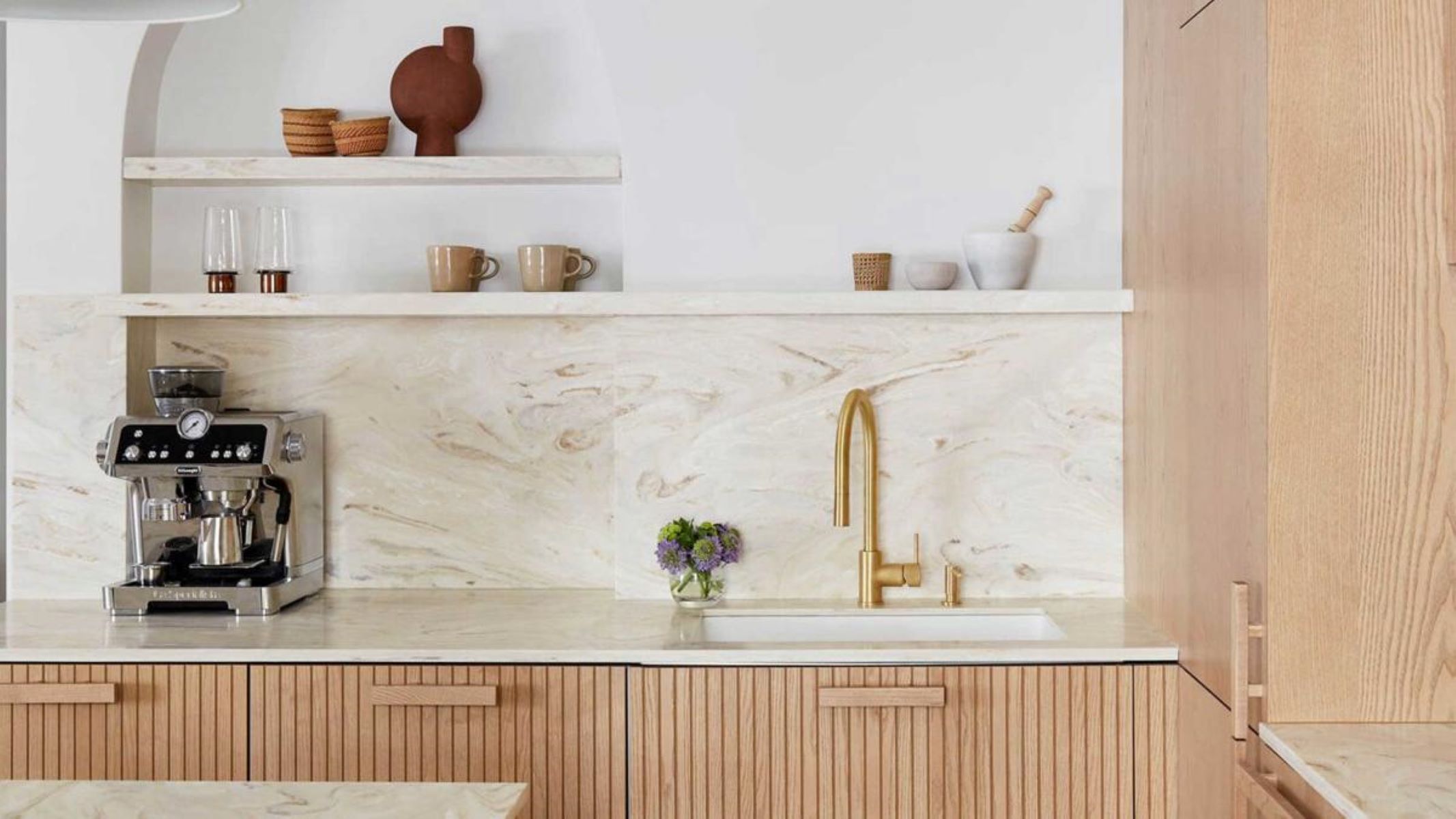
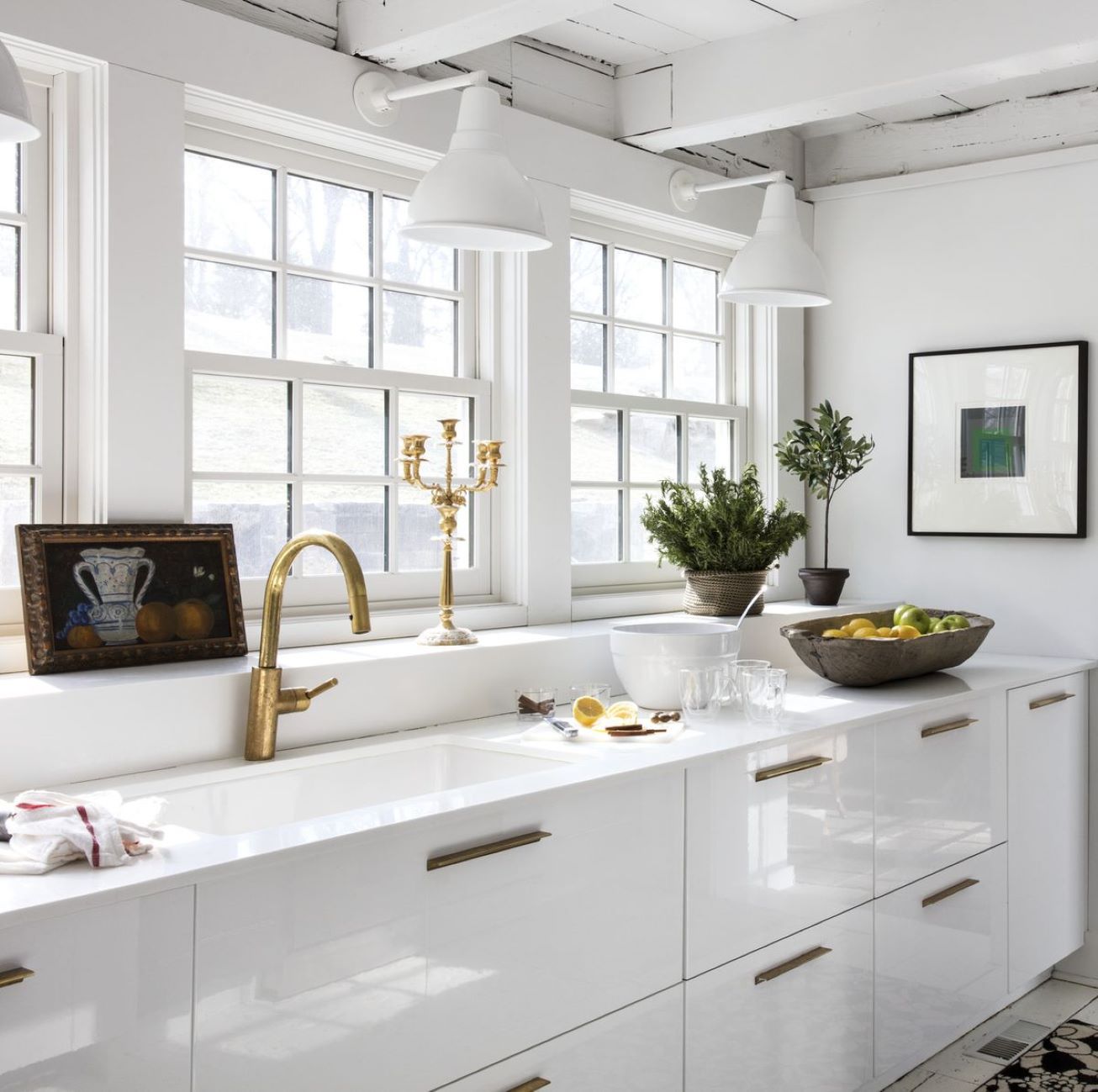
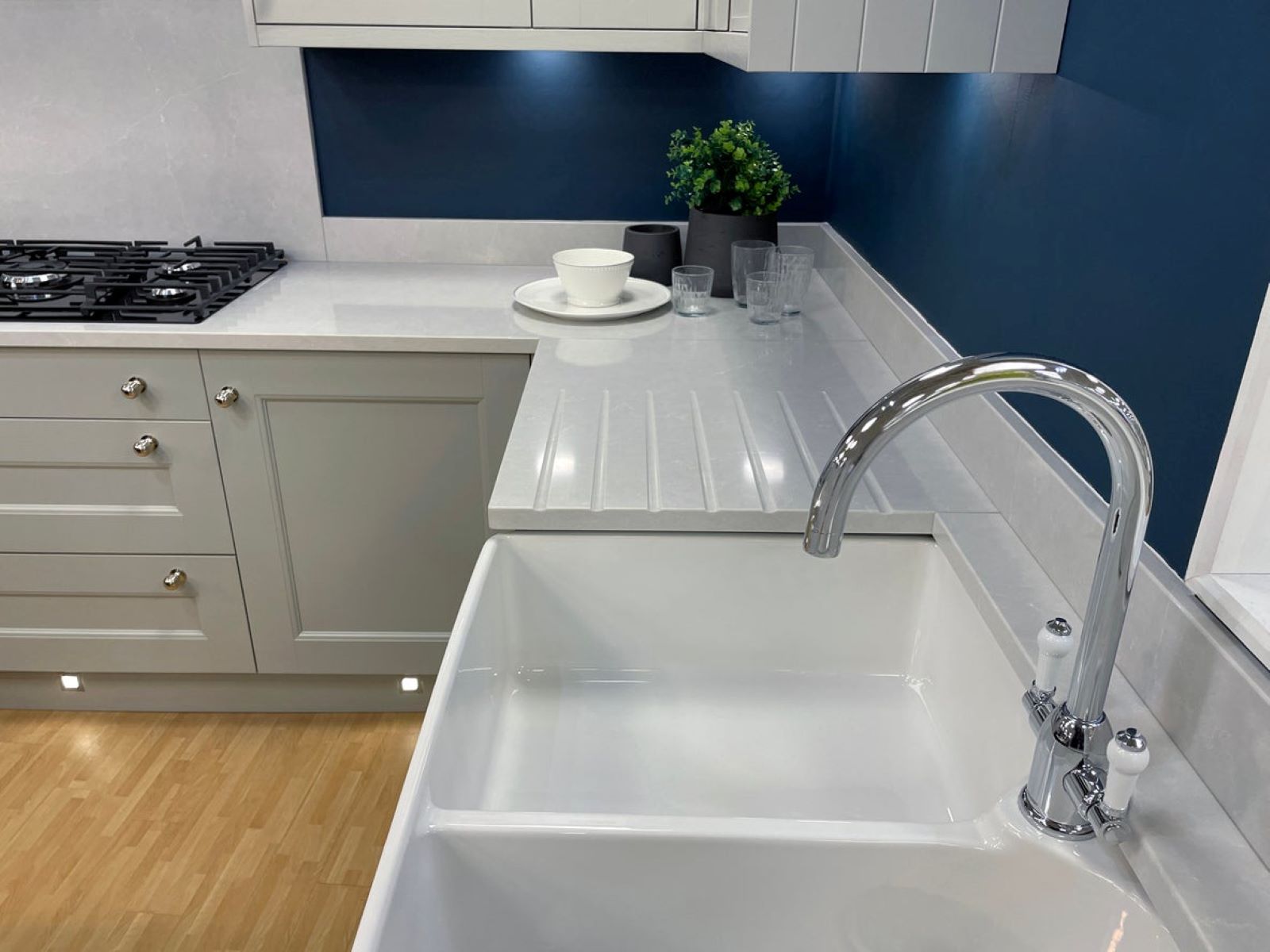
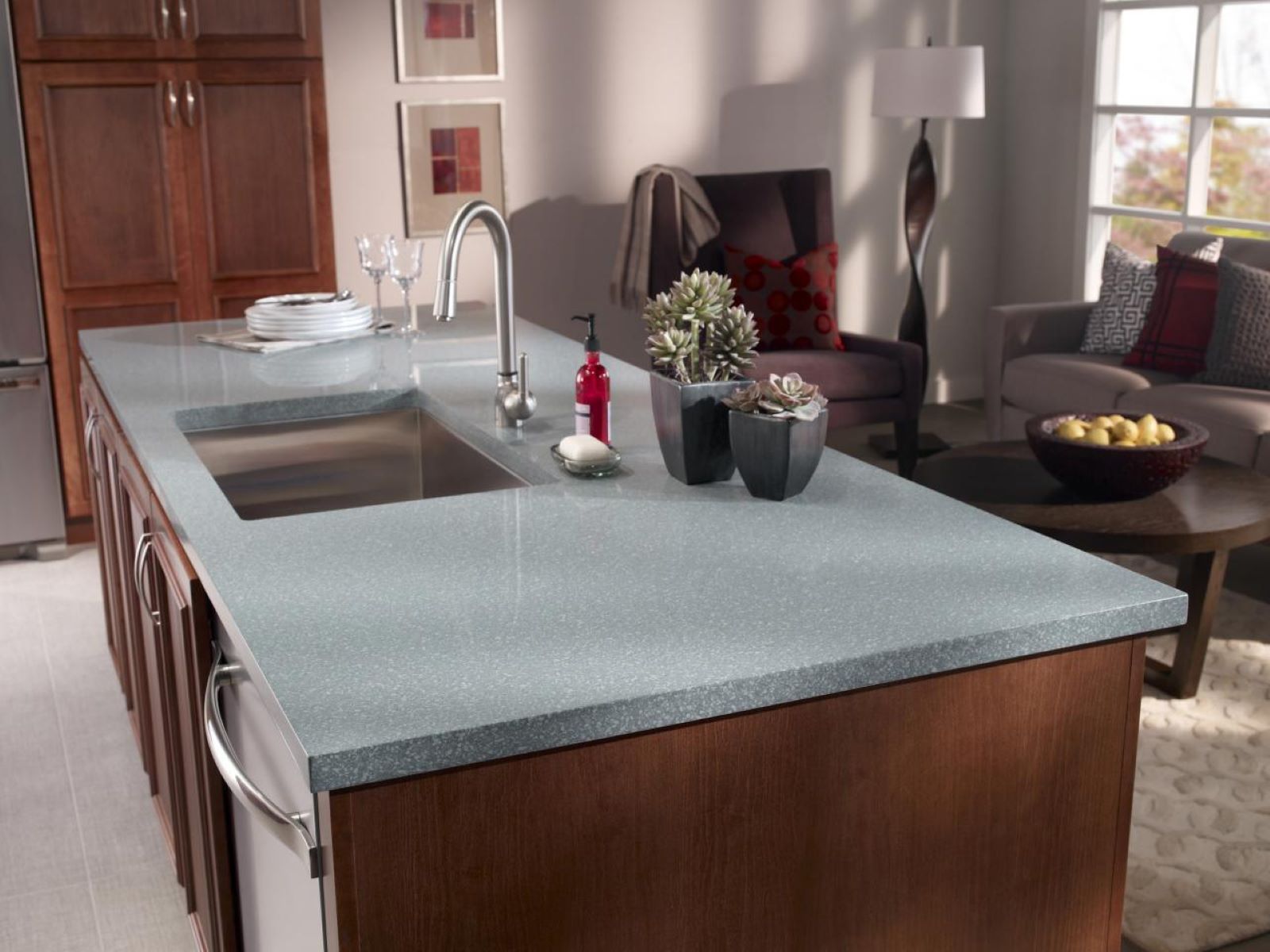
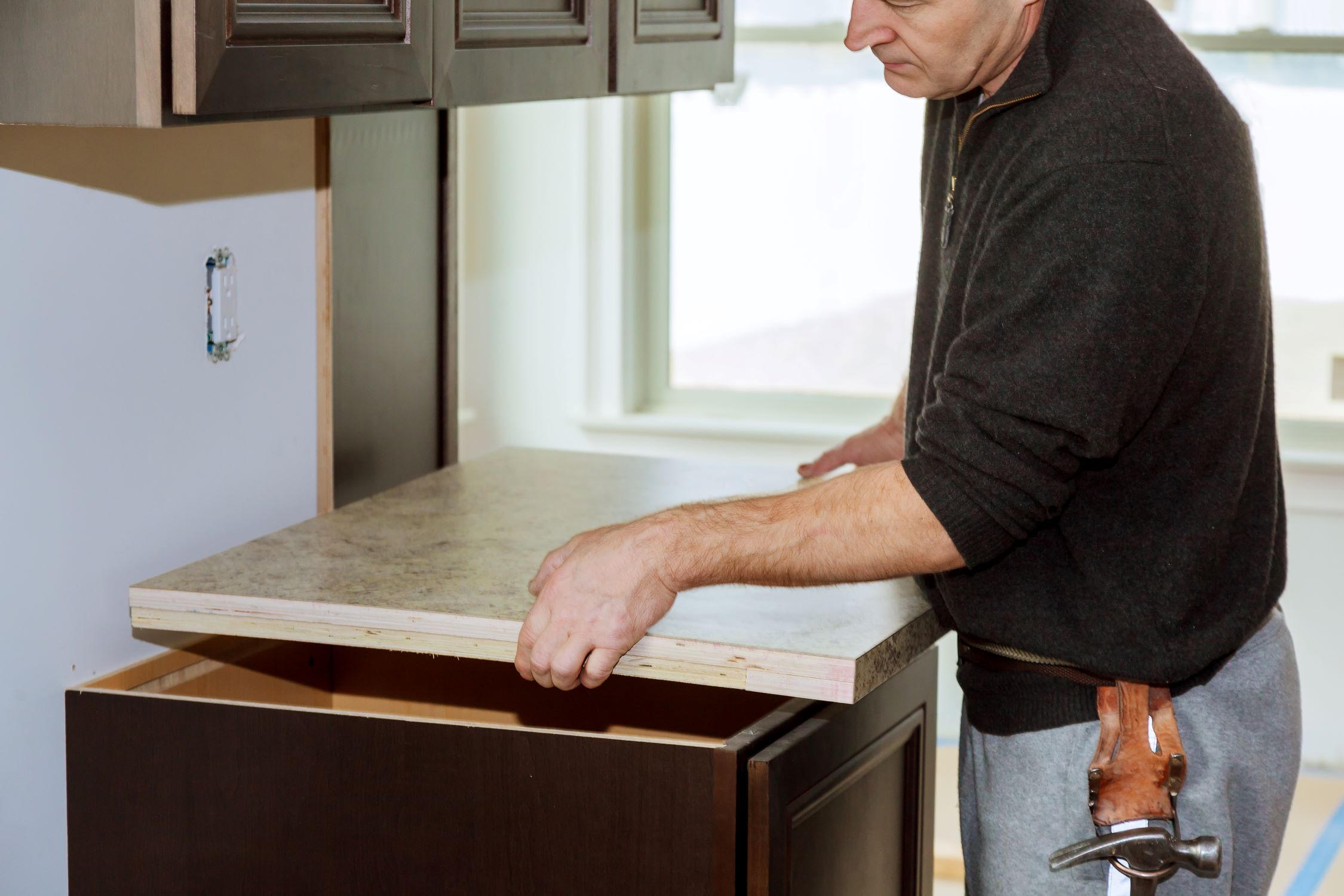
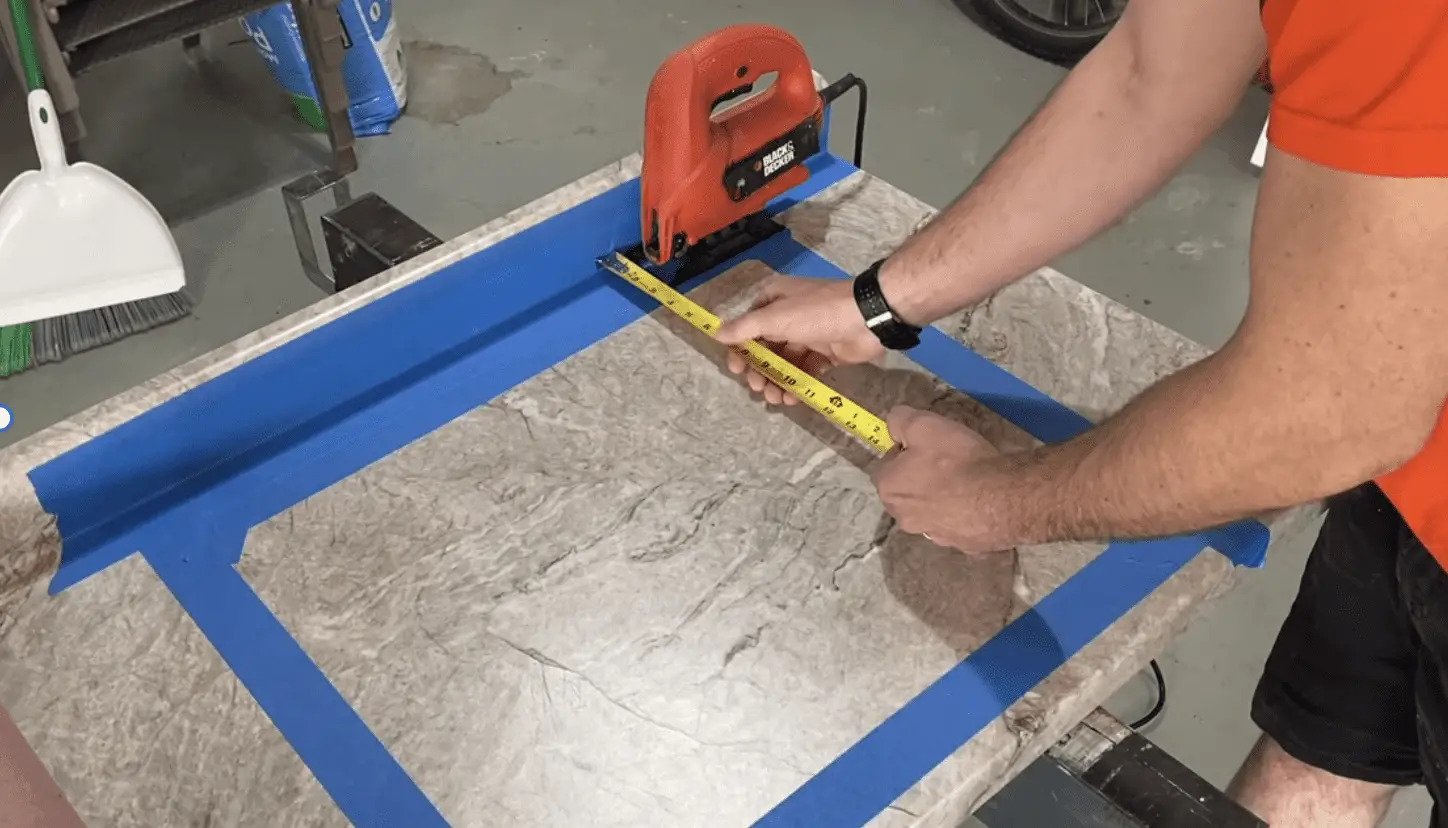
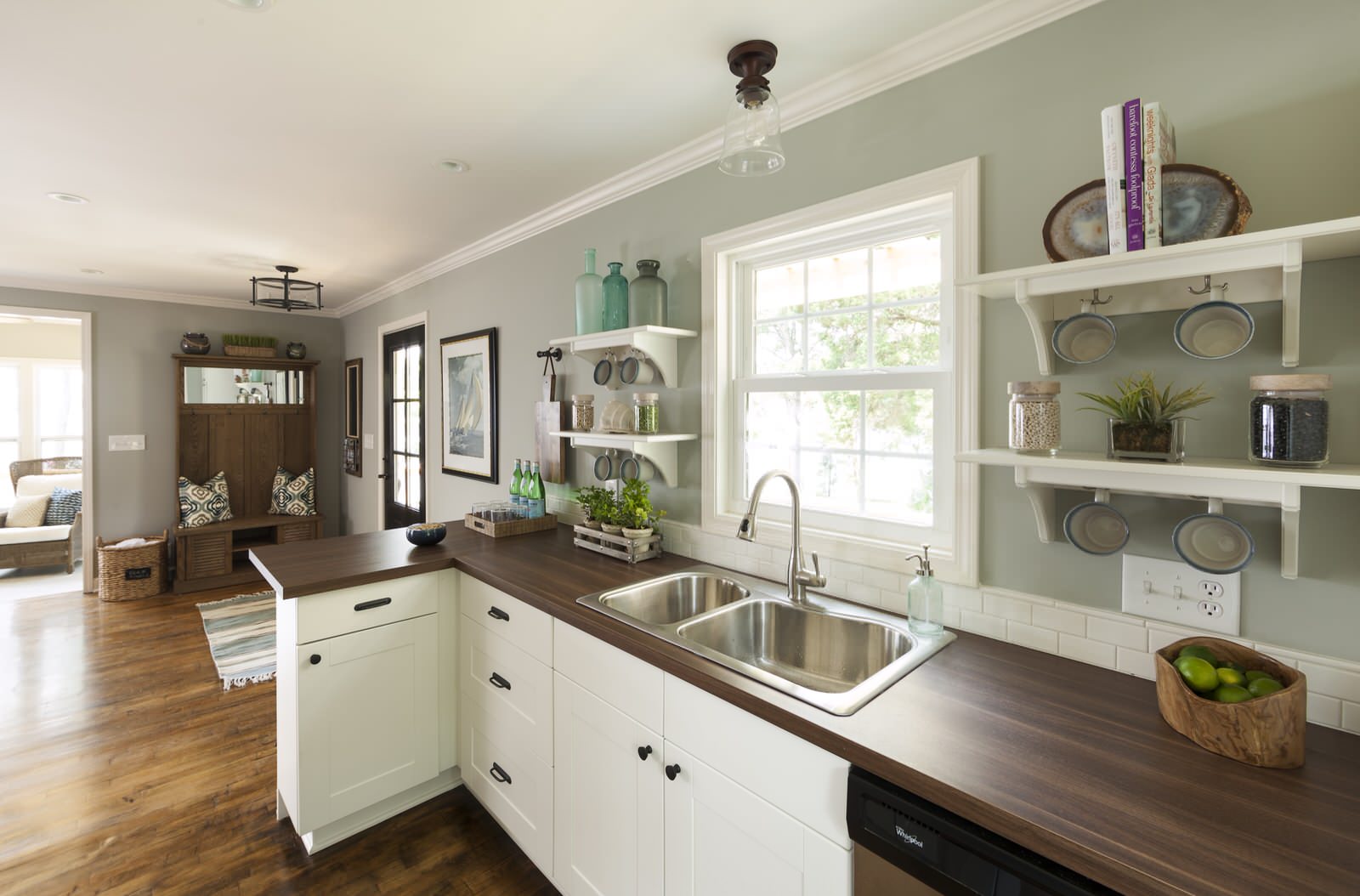
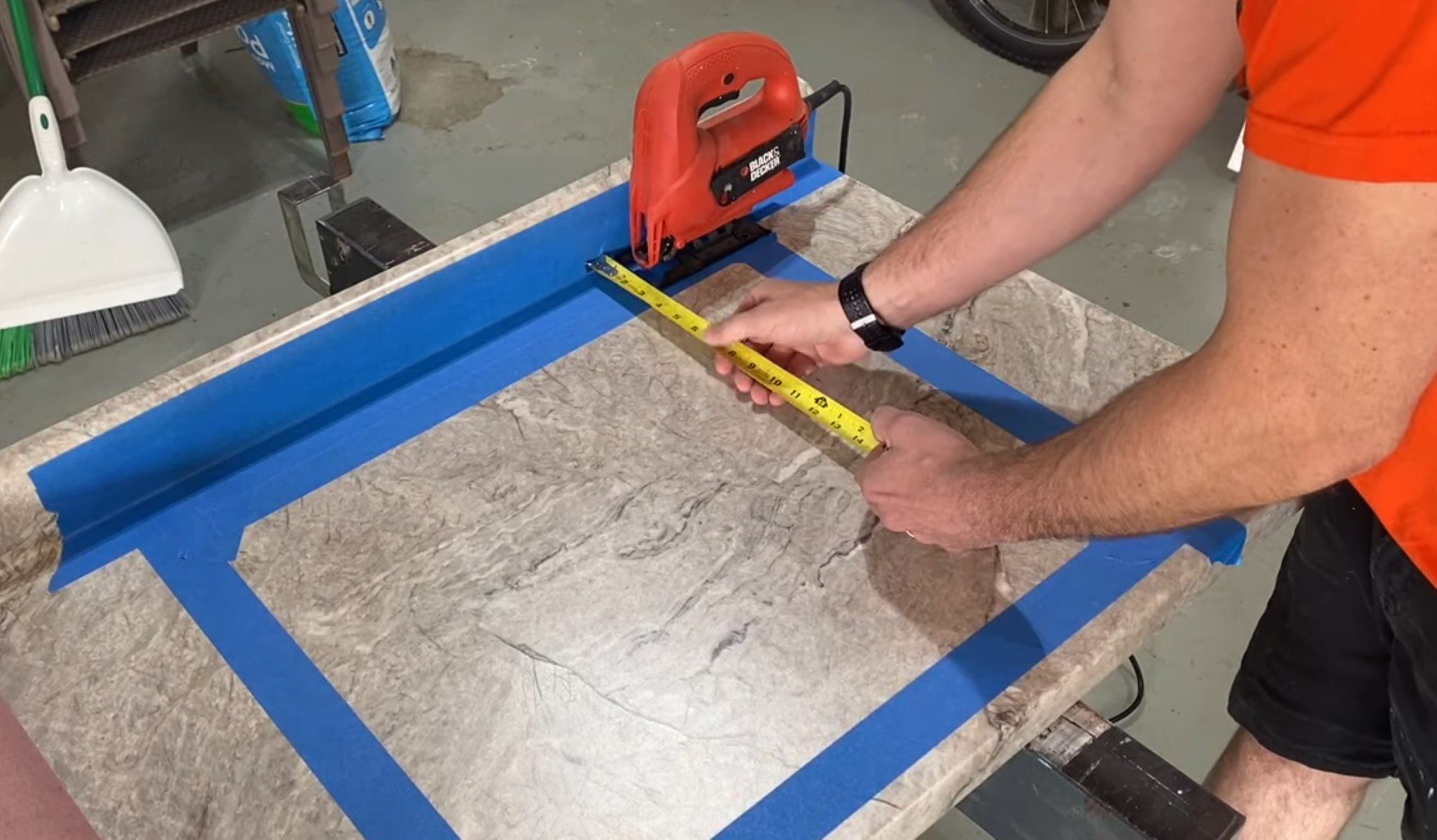
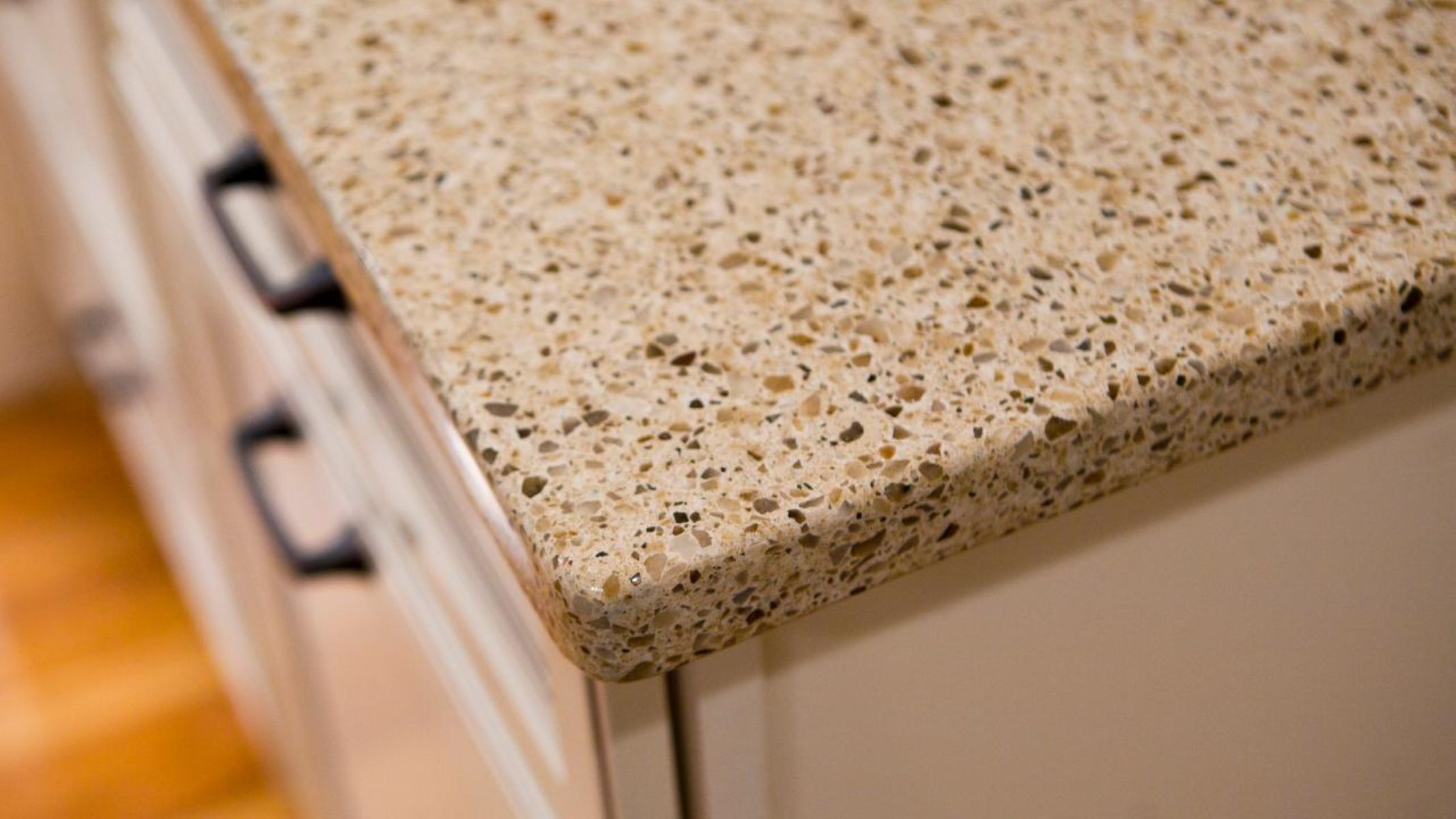
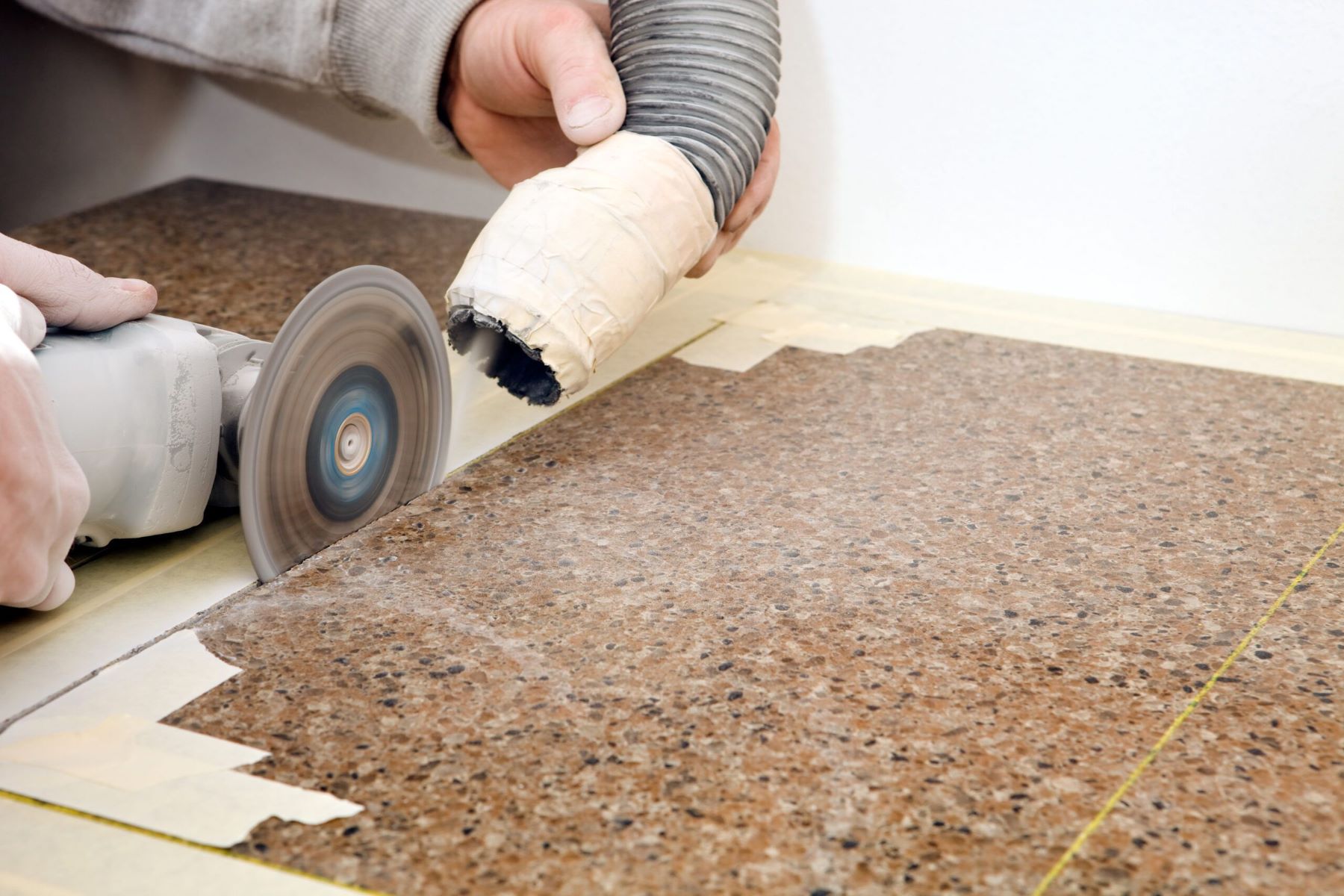
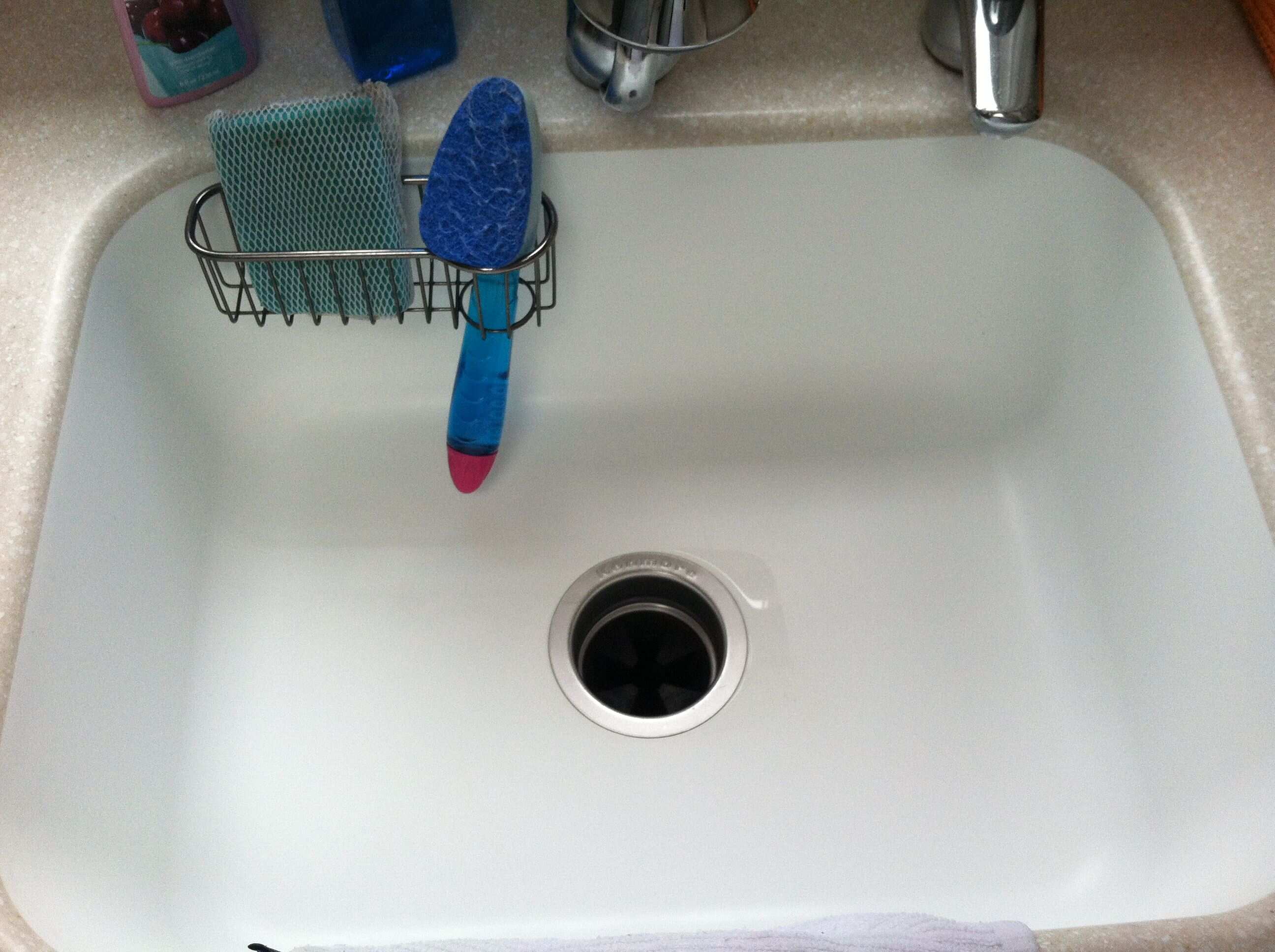
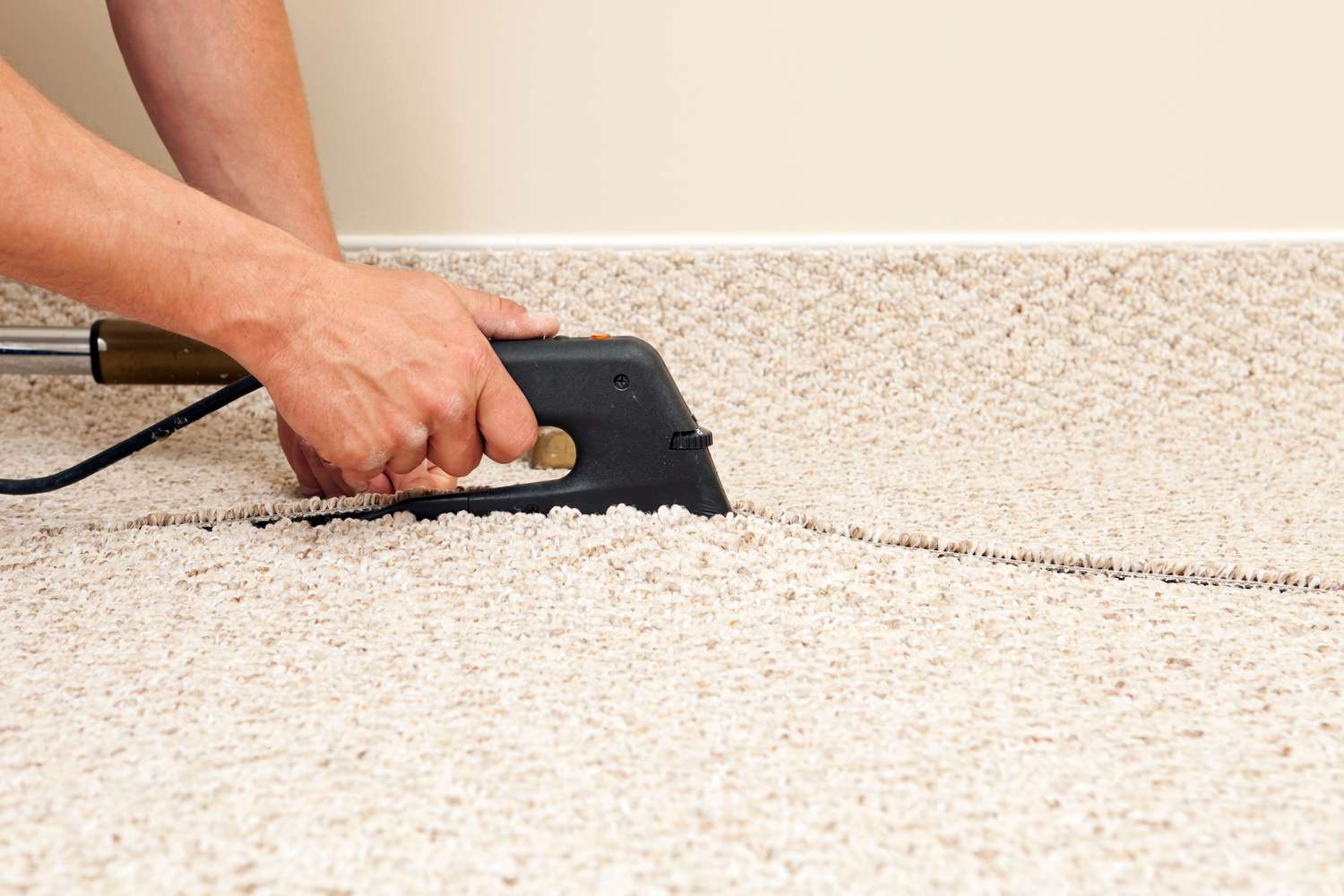

0 thoughts on “How To Cut Corian Countertops”